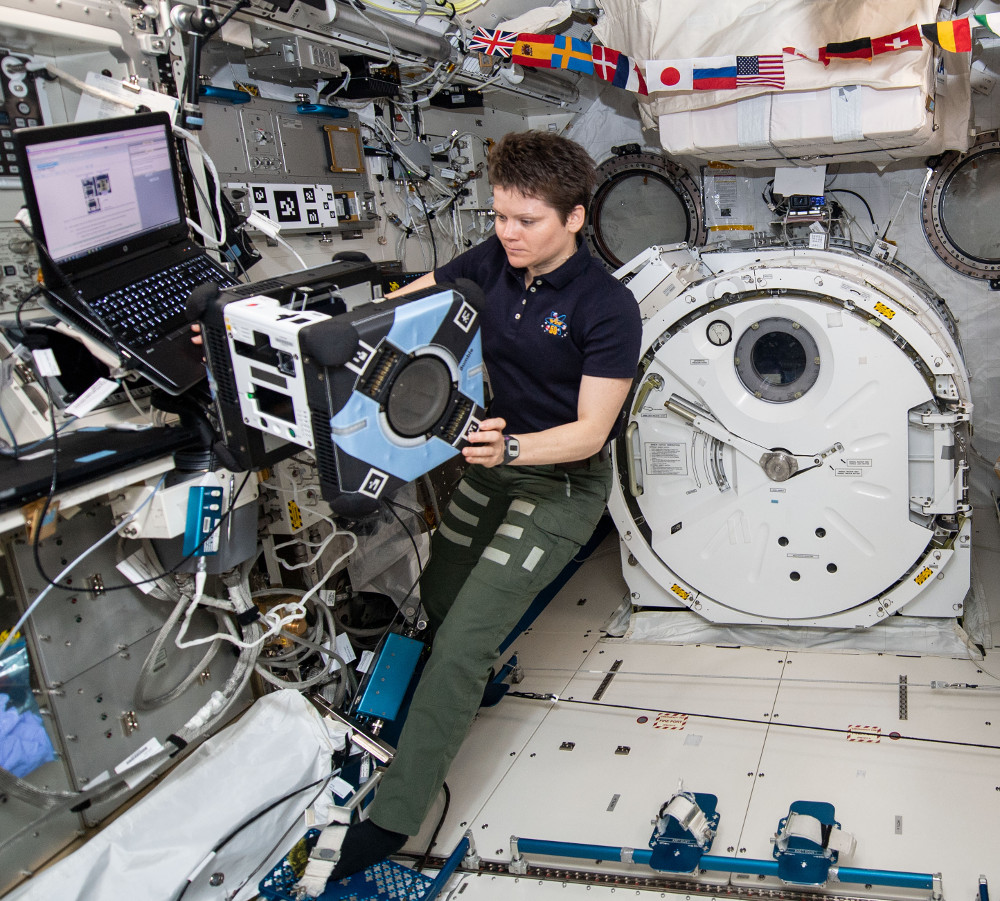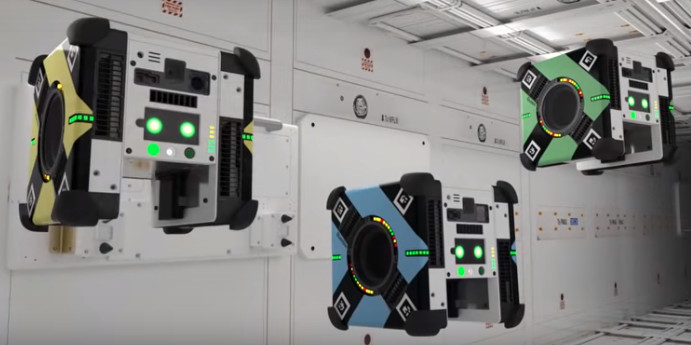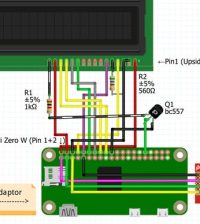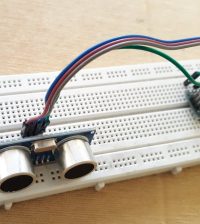- makeITcircular 2024 content launched – Part of Maker Faire Rome 2024Posted 2 weeks ago
- Application For Maker Faire Rome 2024: Deadline June 20thPosted 2 months ago
- Building a 3D Digital Clock with ArduinoPosted 7 months ago
- Creating a controller for Minecraft with realistic body movements using ArduinoPosted 7 months ago
- Snowflake with ArduinoPosted 8 months ago
- Holographic Christmas TreePosted 8 months ago
- Segstick: Build Your Own Self-Balancing Vehicle in Just 2 Days with ArduinoPosted 8 months ago
- ZSWatch: An Open-Source Smartwatch Project Based on the Zephyr Operating SystemPosted 9 months ago
- What is IoT and which devices to usePosted 9 months ago
- Maker Faire Rome Unveils Thrilling “Padel Smash Future” Pavilion for Sports EnthusiastsPosted 10 months ago
Astrobee Robots are Ready to Assist the Astronauts on the ISS

Developed at NASA Ames Research Center, the Astrobee bots are named Honey, Queen and Bumble. They are free-flying and driven by Ubuntu and offer autonomous or remote-controlled navigation.
NASA has deployed them on the ISS for assisting the astronauts rather than chatting them up. The Astrobee uses electric fans to navigate through the zero-gravity ISS environment.
“Astrobee is a free-flying robot system that will provide a research platform for the orbiting laboratory. The system includes three robots as well as a docking station for recharging. Robots will play a significant part in the agency’s mission to return to the Moon as well as other deep space missions. Astrobee will be used to test how robots can assist crew and perform caretaking duties on spacecraft. This will increase astronaut productivity and help maintain spacecraft when astronauts are not present near the Moon, Mars or other deep-space outposts.”
From a software point of view Astrobee uses three network-switched Arm-based computers running open source software. An Ubuntu/ROS stack runs on two of the computers while Android 7.1 runs on a third. There are also 7x MCUs on board for motor control. The Astrobee Robot Software is written in C++ for its high-level constructs and ROS for its middleware. It also offers a Gazebo-based dynamic simulator with a number of custom plugins.

















Pingback: Astrobee Robots are Ready to Assist the Astronauts on the ISS – Bubmag